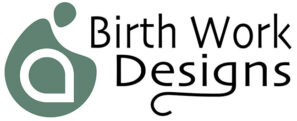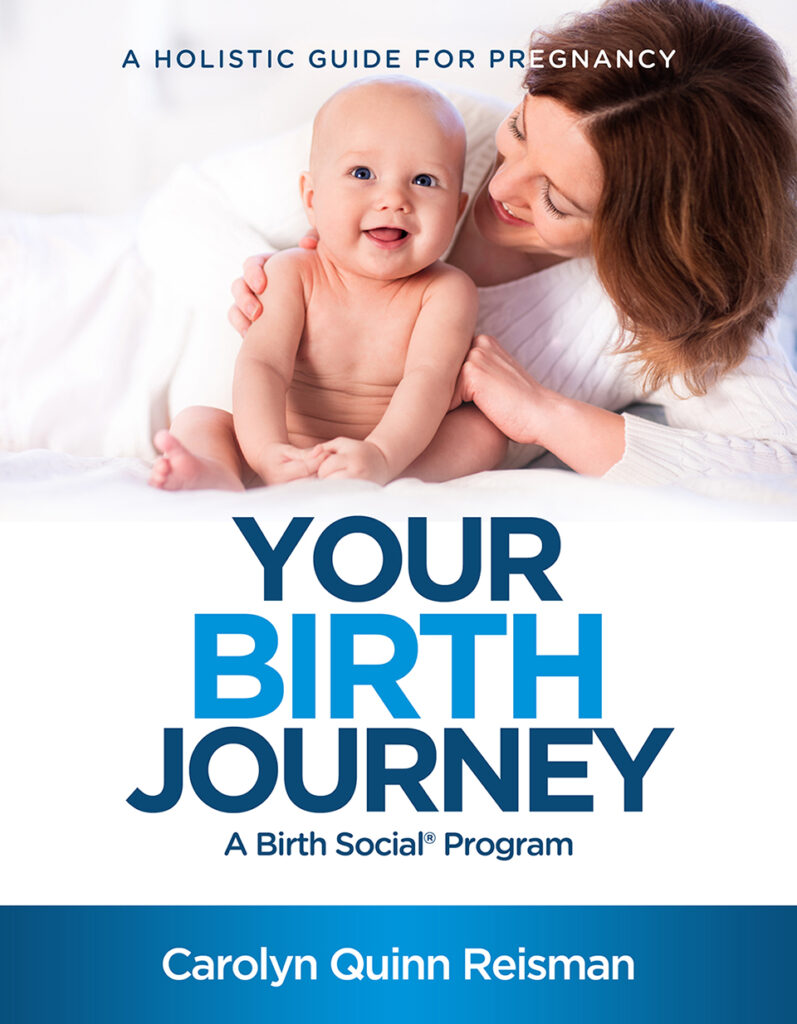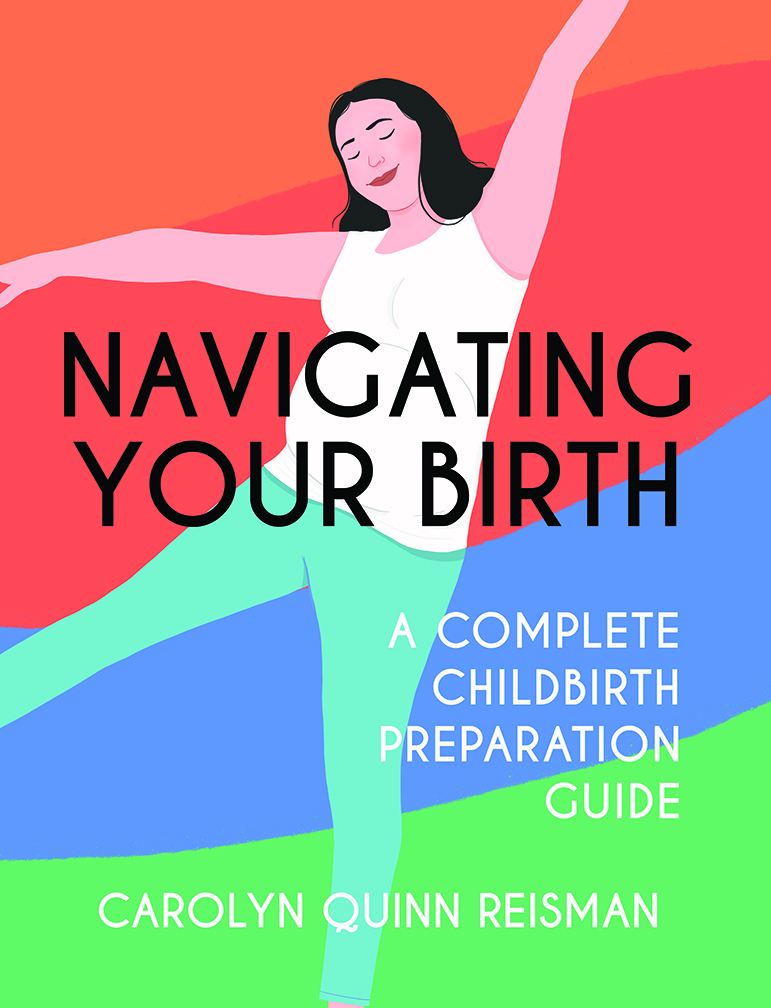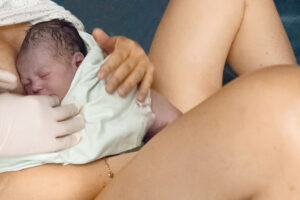If you love to dance or are thinking about dancing, this is the place for you! For women with uncomplicated pregnancies, dancing is safe and highly encouraged. There are a number of dance workouts that you can do during pregnancy, and you don’t have to have rhythm to get started. But, if you are a beginner – start slow and pace yourself.
Keeping a loose bottom is key during labor and birth. If you already practice dance activities that emphasize hip movement, you are preparing for the movement of birth. If you do not practice, now is the time to start. If you are looking for pregnancy dance instruction, one place to start is Dancing For Birth: Simple Moves for Safer, Easier Birth.™ They have dance instructors all around the world.
Soft Knee Exercises
Before you start getting your dance groove on, do a “soft-knee” exercise. This will help you understand how important your posture is for dancing – and for the birth process.
Stand up straight and lock your knees. Notice what happens to your butt, pelvic, and abdominal muscles – then TRY to roll your hips. You are tight! Now, stand up, bend your knees slightly, and try to tighten your butt muscles. It takes effort to tighten your muscles when your knees are bent. You will notice you can do hip rolls a lot more easily! Loose knees are the key to relaxing your pelvic and abdominal muscles. When your midwife, doula, or partner says to you, “Soften your knees,” you will know exactly what they mean.
Belly Dancing
Childbirth professionals and midwives encourage the ancient practice of hip circles and figure eights for pregnancy, a method that is part of belly dancing. It is recommended for labor, too! You can practice these movements at home just about any time of the day. Put on some music and get the kids (if you have children) involved. Your partner may enjoy being invited to practice these movements with you. Or, if you are by yourself and putzing around the house, stop for a few minutes to do some hip swirls.
Hip Circles
Stand with your feet approximately hip-width apart. If you need to steady yourself, lean over a counter on your hands or elbows. If your hips aren’t subtle, go slowly. If you need help, have someone stand behind you with their hands on your hips as they guide you gently through the figure-eight motion. Move your hips forward, then circle to the right, back, left, and return to the forward position.
- Start with your legs straight.
- Bend one knee as far as possible while keeping the other leg straight.
- When you bend the leg, the hip will drop down, and the hip on the straight leg will jut upward.
- Switch, making a fluid figure-eight motion.
Keep your upper torso still to isolate the move. Change it up by doing small circles and big circles, then make the moves in reverse. When doing hip circles, the muscles of the uterus move the baby in a corkscrew fashion.
Hip circles and other belly dance movements strengthen pelvic and abdominal muscles, encourage the baby into a forward (anterior) lying position, encourage good posture, relieve pregnancy back pain, and more. They can be done during pregnancy or anytime throughout labor, just because it feels good. Specifically, hip circles may help a posterior baby rotate.

Belly Dance Instruction
If you prefer, you can take a belly dance class in your community to use these movements. There is also online instruction, or you could read a book. The award-winning book by Maha Al Musa, “Dance of the Womb: An Essential Guide to Belly Dance for Pregnancy and Birth,” may be the perfect introduction to belly dance for pregnant women.
Want to just stick to hip circles? The following video is a great tutorial on this essential movement for childbirth.
Getting Your Cha-Cha On
If you’d like, go ahead and do the cha-cha! Not only will it be fun, it might lighten the mood of labor. I love dancing; more than I love working out at a gym or running on a treadmill. On our boat, I danced the rumba, cha-cha, and other Latin dances that didn’t require a large amount of space. It was possible to work up a sweat, get my heart rate up, improve my flexibility and muscle tone, increase my stamina, and feel sexier – all in a tiny space.
You don’t need to be an expert dancer to have fun with the cha-cha. My husband and I took ballroom dance lessons for five years, and we only made it through level one out of three. We didn’t mind at all, and it was so much fun dancing on our boat without a care in the world. You can dance in the comfort of your own home or join classes if you’d like – it’s all about enjoying yourself!
Every woman will have her own attraction to the style of dance she might like to try or is already involved in. Check out the safe dance options below.
Latin Dancing
Most ballroom dancing instructors teach the Latin dancing, and the movements will keep your hips nice and loose. Check out the Arthur and Murray article on the benefits of salsa for pregnant women.
Hip Hop
You will hear that hip-hop isn’t ideal when you’re pregnant, but the dance instructor in the following video points out that women have inherent wisdom about their own bodies, and they know what is too much. If you aren’t used to hip-hop dancing, find an instructor who will teach you safe moves and start slowly
Still Not Sure?
If you are not the kind of person to let loose and shake your hips, visit Spinning Babies. They have a complete program of essential pregnancy movements designed to help a mother have an easier birth. Even if you love to dance, visit spinningbabies.com.
If you are all about shaking your hips and are wondering if there are local classes, ask around in some local mom’s groups. Whatever you choose, make it fun, and dance your pregnancy away!
ACOG, Physical Activity and Exercise During Pregnancy and the Postpartum Period. Committee Opinion Number 804, April, 2020.
Maha Al Musa, “Dance of the Womb: An Essential Guide to Belly Dance for Pregnancy and Birth”















